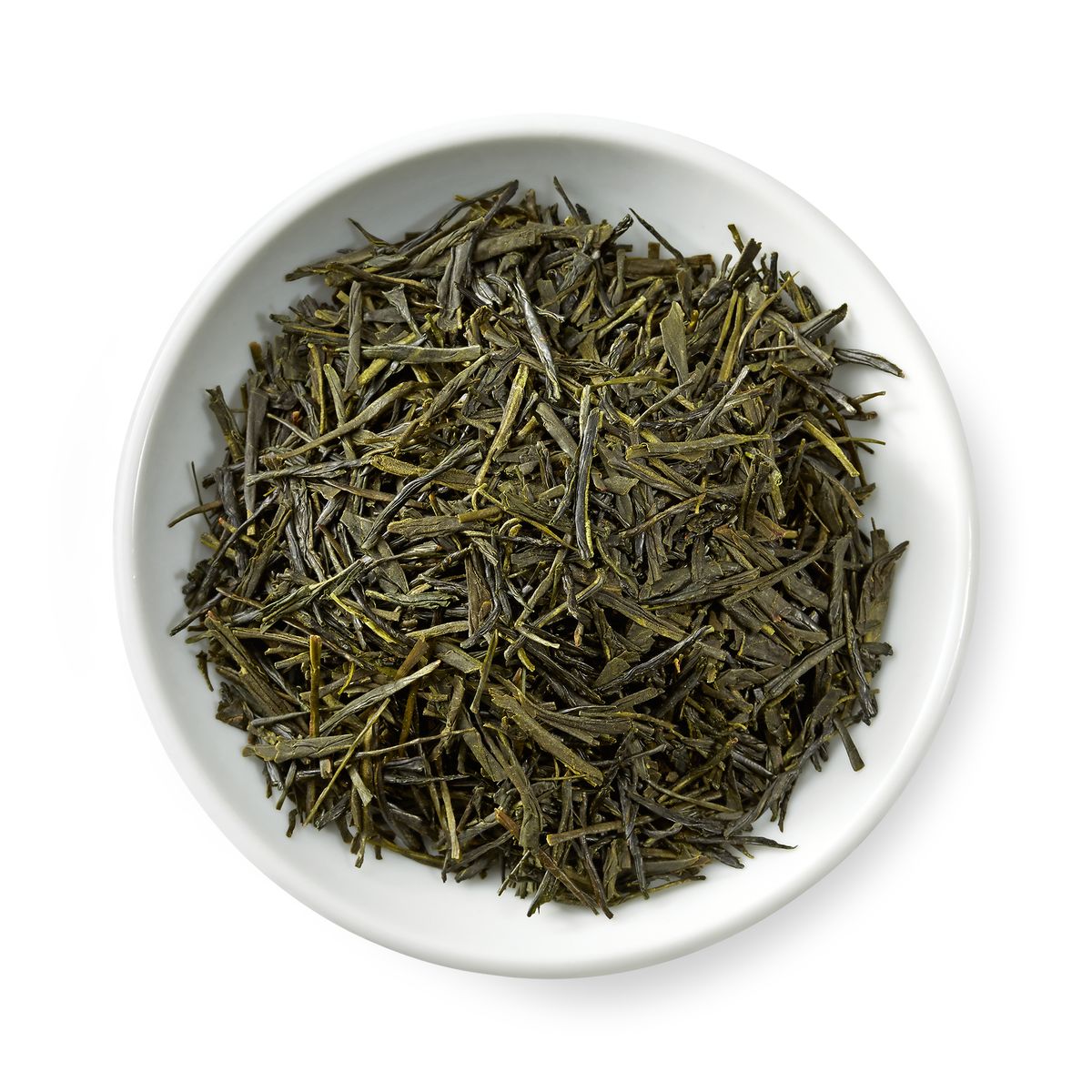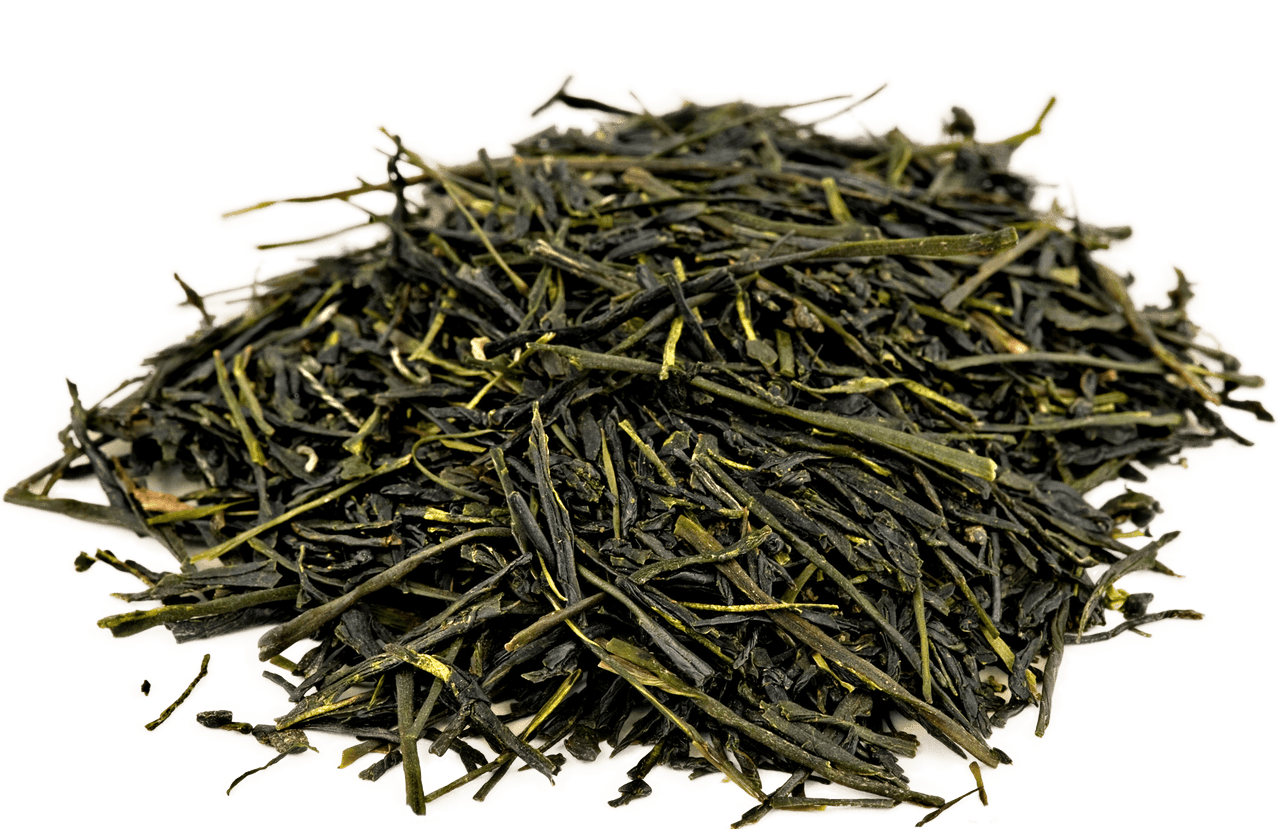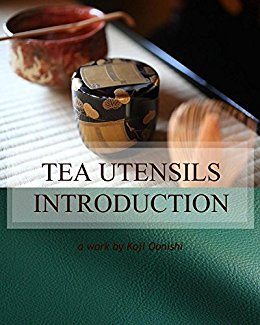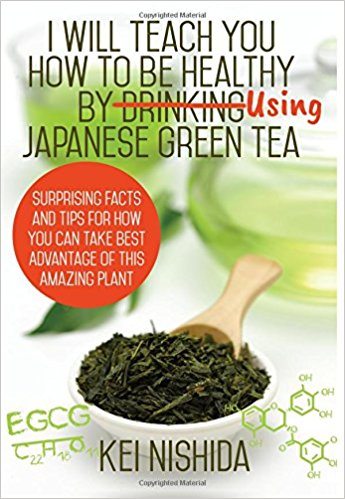There are so many different varieties of Japanese tea that it’s sometimes hard to tell them apart just by their names. The word “gyokuro” literally translates as “dew of jade,” or “dew of the jewel.”
What is Gyokuro Tea?
Like its more famous cousin, matcha tea, it is also grown in a shaded environment for the last three weeks of its life cycle. This practice causes the caffeine levels to be slightly higher than non-shaded teas, and boosts the levels of a healthy anti-oxidant called theanine. The name of gyokuro tea is thought to come from its color, a jade-green hue it takes on after preparation.
Some Important Facts about Gyokuro Tea
- Priced higher than many Japanese green teas, gyokuro occupies a similar market niche as matcha, another shade-grown tea that is known for its healthful properties.
- The key difference between matcha and gyokuro tea is in the final phase of processing. Matcha leaves have their stems removed and are ground into a powder, but gyokuro is not. Its leaves are left intact and it is infused before drinking rather than mixed directly into the water as matcha is.
- The entire process of preparing gyokuro tea for drinking takes place at temperatures lower than for most other teas.
- The renowned Yamamotoyama Tea Company gave the name “gyokuro tea” to this variety about 150 years ago, and ever since, gyokuro has been among the most expensive varieties of sencha tea available.
- Tea harvesters shield gyokuro leaves from the sun for about three weeks. Using specially-designed bamboo mats to keep sunlight out but let fresh air in, growers create a leaf that is both sweeter and milder than typical green teas.
Why Gyokuro Tea is Such a Healthful Drink
Hundreds of years ago, Japanese people drank gyokuro tea as a folk remedy for digestive problems, heart ailments and general fatigue. Nowadays, there is sound scientific proof that gyokuro is indeed good for the body.
Green teas like gyokuro tea have been studied for their potential to prevent several kinds of cancer, including that of the pancreas, ovaries, prostate, breasts, and bladder. There is also evidence that gyokuro can help prevent various kinds of heart disease.
How to Prepare a Perfect Cup of Gyokuro Tea
To make enough for three people, assemble cups, water, a tablespoon, a small teapot, and gyokuro tea leaves. If you plan on using sweetener, have it handy as well.
- Use freshly boiled water but make sure to let it cool in an open bowl before using for the infusion. Water that is too close to the boiling point will not yield a good tasting final product. Water in the 45-55 degrees Celsius range is ideal for making flavorful gyokuro tea.
- Place two tablespoons of gyokuro tea leaves into the pot and pour the hot water in just to the level where the hot water covers the tea leaves completely.
- Let the tea steep in the water for about 3 minutes before distributing the freshly brewed gyokuro tea among the three cups. This will seem like not very much tea, but remember that the two tablespoons of tea leaves will be used for several infusions.
- For subsequent re-steeping, use water that is slightly hotter and steep for a bit longer to coax all the flavor out of the leaves without destroying the delicate aroma and taste of the gyokuro tea.
Finding High-quality Gyokuro Tea and Utensils
Hundreds of retail sellers offer gyokuro tea online. There are even special stores where you can purchase entire tea sets that include special pots and cups for gyokuro tea-making.
Loose-leaf gyokuro is the most common form of the tea, and is available for about $10 per ounce from reputable sellers. When buying, make certain that the tea is an authentic Japan-grown product.
There are even organic versions of gyokuro available for consumers who want to make sure their tea was grown according to certain guidelines. Most tea drinkers cannot notice a taste difference between organic and non-organic gyokuro tea.
It helps to understand how Japanese use tea utensils are used. This arcane knowledge will result in a more authentic tea ritual whenever you prepare any type of Japanese tea.
Finally, anyone who is serious about getting the most out of the Japanese tea experience (and out of their gyokuro tea) should read up on the health benefits of green tea.
Gyokuro tea is part of the ancient Japanese culinary tradition, alongside other famous drinks like matcha tea, sake, and plum wine. Proper tea preparation and attention to the finer aspects of the brewing ritual can become a rewarding part of the gyokuro tea experience.




1 Comment